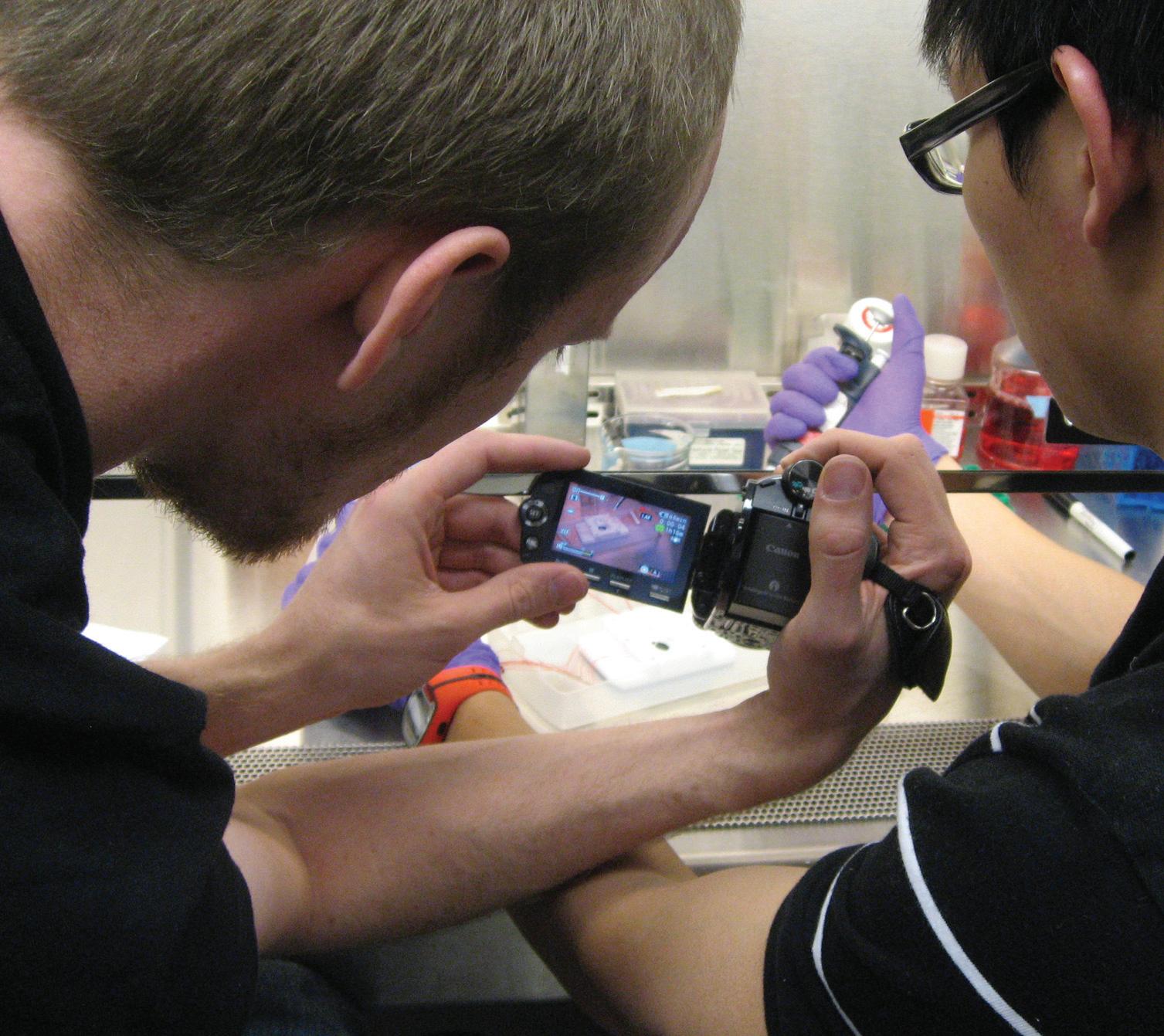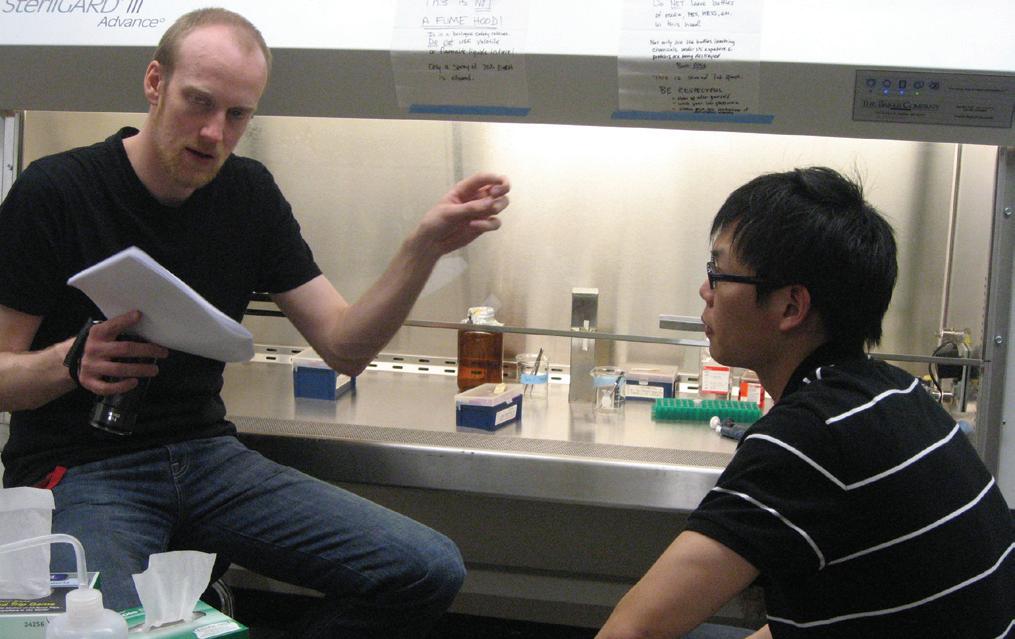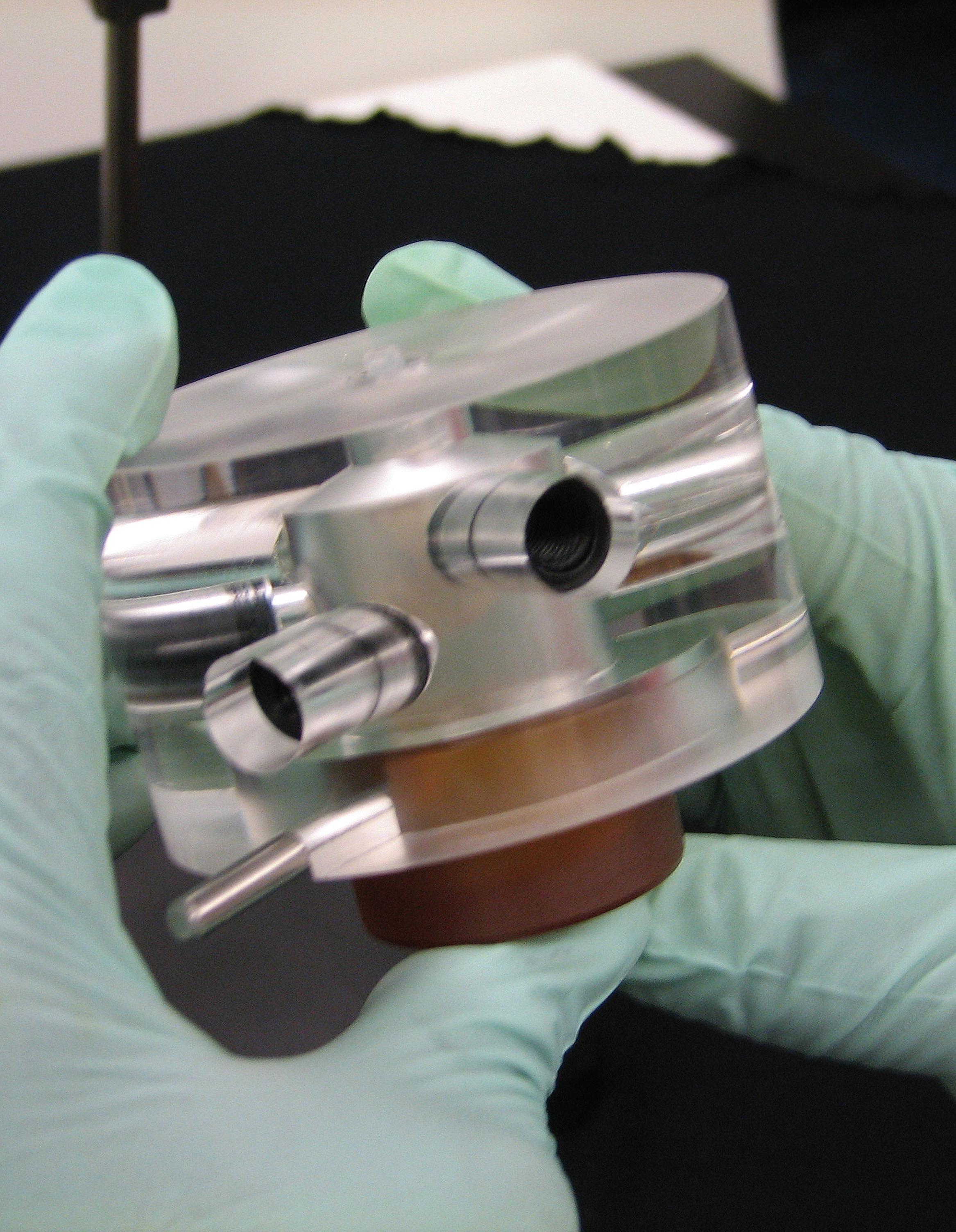
2 minute read
Lights, Camera, Science
By Mary SpIro
Everything about movie making seems so glamorous. From beautiful stars to special effects, making films might appear magical. But actually, when you break it down, shooting a film is not unlike performing experiments in a lab. And, just as reading the script would be far less entertaining as seeing a film, reading a protocol might be confusing until the steps were performed in real life.
Advertisement
That’s the philosophy behind a new effort at Johns Hopkins Institute for NanoBioTechnology: produce short films describing recently published research and the protocols that go with them. The movies are produced collaboratively with INBT’s science writer Mary Spiro, INBT’s Animation Studio director Martin Rietveld, and the scientists and engineers involved.
The INBT Animation Studio already has several research-oriented films to its credit. The animation skills of Rietveld and his student crew have taken us inside a lipid bilayer and carried us along a fiber of collagen. INBT also has produced several video news releases using the talent of students in the annual science communication course.
Recently, however, INBT produced its first film describing a protocol from Nature Methods. Investigators Bridget Wildt, a PhD in materials science and engineering, Peter Searson, Reynolds Professor of Materials Science and Engineering, and Denis Wirtz, Smoot Professor of Chemical and Biomolecular Engineering, served as technical consultants for the production.
Materials science and engineering PhD candidate Yu-Ja Huang performs each step in assembling the Hopkins team’s device and demonstrates how to conduct programmed cell detachment experiments. “Studying cell detachment at the subcellular level is critical to understanding the way cancer


Photos: Mary Spiro
INBT web director Martin Rietveld worked with predoctoral student Yu-Ja Huang, Materials Science and Engineering, to develop the shots for each step in the experimental protocol film, “Programmed subcellular release for studying the dynamics of cell detachment.”
cells metastasize,” Searson said. “Development of scientific methods to study cell detachment may guide us to prevent, limit or slow down the deadly spreading of cancer cells.”
Using a draft script developed by Wildt and Searson, Spiro simplified the text further for narrator, materials science and engineering PhD candidate Andrew Wong. Rietveld recorded Huang as he performed the protocol and refined the script further during filming. Viewing the final cut, Wong was able to read the script in a conversational and friendly tone.
You can watch the version of this new protocol video on INBT’s YouTube channel. The film may never earn an Academy Award, but we hope it will help specialists, and even the general public, to understand this unusual and complex procedure. http://www.youtube.com/user/JHUINBT










